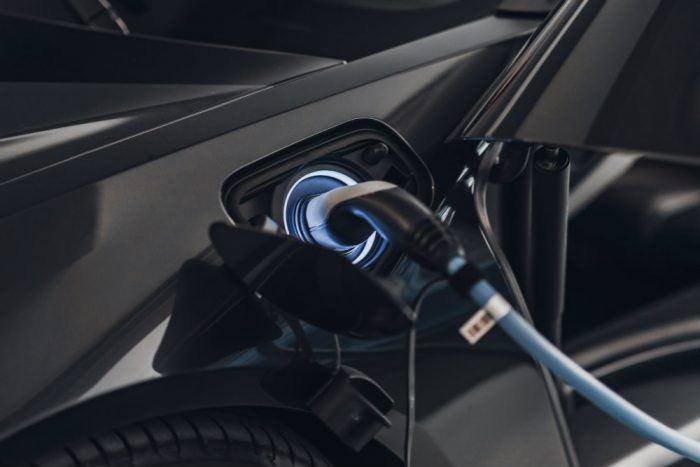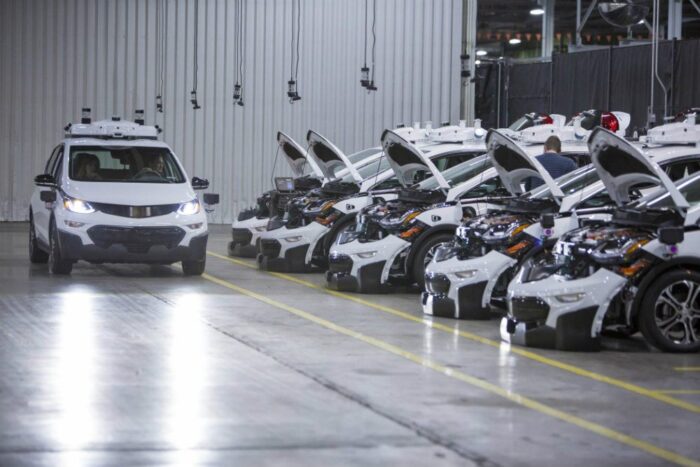After years of hesitation, car buyers have shifted their thinking to become more accepting of electric vehicles. A recent AAA study found that one in five Americans will choose an electric vehicle when it’s time for their next purchase. While one in five may still sound like a small portion of the population, this equates to about 50 million Americans who are interested in owning an electric vehicle for a variety of reasons, whether it be for the lessened environmental impact or the lower than average costs of ownership.
There are some major questions and common misconceptions to address before owning an electric vehicle.
Understanding The Many Forms of Electric Cars
There are a variety of cars on the market today with electric components, from various types of hybrids (which have electric motors AND gas engines) to pure EVs. Let’s break down the number of options you have when going green (or at least, greener).
In its simplest term, a hybrid vehicle uses two or more separate systems to propel itself forward, with these systems either working in tandem or separately. A “mild hybrid” lacks the ability to run on electric power alone. The electric motor in a mild hybrid does not propel the vehicle forward – it merely assists the gasoline engine. While a mild hybrid will deliver better fuel economy than a conventional gas-powered engine, the savings are minimal compared to other hybrids.
The overall benefit of the mild hybrid is the fuel savings from the engine shutting down when stopped, braking, or cruising. A mild hybrid also costs less than other hybrid vehicles.

There are some major questions and common misconceptions to address before owning an electric vehicle.
Series & Parallel Hybrids: Getting Closer To Fully Electric
Series, parallel, and combination series-parallel hybrids are what most people think of when defining “hybrid.” These vehicles use both an electric motor and a gasoline engine. Depending on driving conditions, driver selection, or other factors, the vehicle can run on battery only, or engine only, or both at the same time. These systems return tremendous economy because the electric motor is used when its high torque is needed, and the gas engine only runs when it can operate at its highest efficiency.
In some cases, the gas engine, instead of propelling the vehicle, powers a generator to recharge the battery. While these systems cost more, the fuel savings and lower overall maintenance costs can offset much of the initial purchase price.
Plug-in Hybrids: Charging At Home To Avoid Range Anxiety
The plug-in hybrid option is the closest to a fully-electric vehicle. These vehicles have a larger battery pack which provides an extended EV-only range. The plug-in feature allows owners to recharge at home (either on a household 120V or optional 240V) to avoid “range anxiety.”
For example, the Chevy Volt can travel up to 53 miles in electric mode, or up to 420 miles on a combination of the electric and gas powertrains. These vehicles are more expensive than similarly-sized gas engine cars, but for now, the available $7,500 federal tax credit helps offset the cost of owning an electric vehicle.
Full Electric: Going Green by Going Gasless
Probably the best-known of the EVs is Tesla, which has successfully marketed a range of sedans, SUVs, and sports cars. Of course, the competition doesn’t stand still, so mainstream manufacturers like Nissan (Leaf) and Chevrolet (Bolt) now have full electric choices. Tesla has generally led the field in terms of range, which is especially important while we wait for our infrastructure to catch up.
But Teslas are on the high end price-wise, the upcoming Model 3 notwithstanding. The Bolt, starting under $40,000 before any tax credits, advertises an EPA-estimated range of 238 miles on a single charge. It’s no wonder more Americans are considering EVs.
Maintaining An Electric Vehicle
There are some common misconceptions regarding ownership of hybrids and electrics, especially when it comes to maintenance. While their initial purchase price may be higher, in general these vehicles require less maintenance than gas-powered cars. AAA estimates that electric vehicles, at $982 per year, have lower repair and maintenance costs than any other type of vehicle (the average new vehicle costs $1,186 annually to repair and maintain).
While an electric vehicle foregoes an internal combustion engine and all its attendant maintenance, this doesn’t mean you’re off the hook entirely for any preventative care. You should regularly be changing your wiper blades and checking brake and washer fluids. Tires and brakes will still need replacing.
Unfortunately, replacing your battery will cost more than in a traditional vehicle, but many manufacturers provide an extended warranty that covers the EV battery for eight years or 100,000 miles.

In June 2017, General Motors produced 130 self-driving Chevy Bolt EV test vehicles. The fleets were equipped with GM’s latest autonomous technology at the time, and joined more than 50 other Bolt EV test vehicles already in use. Photo: General Motors.
The Link Between Autonomous & Electric
Despite new updates nearly daily on the future of autonomous vehicles, it’s safe to say we will most likely not see widespread adoption for several years to come. When self-driving cars finally do hit the streets en masse, it’s inevitable they will be electric for their fuel efficiency and lower maintenance. It will also be easier for on-board computers to autonomously operate all-electric devices.
We see this trend already occurring as a recent study by Securing America’s Future Energy found that 58 percent of autonomous, light-duty vehicle retrofits and models are built over an electric powertrain, while 21 percent utilize a hybrid powertrain. As autonomous vehicles will most likely be in constant use ferrying passengers (instead of being parked all day), the increased fuel efficiency will be important. Since electric vehicles give off zero emissions, this will also enable self-driving vehicles to meet emission and fuel mileage standards.
Future Considerations
This is an exciting time for consumers as advancements in technology make driving more enjoyable and continued improvements with hybrid and electric vehicles make them last longer at a lower cost. If you do your homework and prepare ahead, owning an electric vehicle could be a favorable choice on your wallet and on the environment.
Richard Reina is the Product Training Director at CARiD and an auto enthusiast and expert with over 30 years of experience working with cars.
Cover Photo: Kia Motors America.
from Automoblog.net https://ift.tt/2Lvk6mv

No comments:
Post a Comment